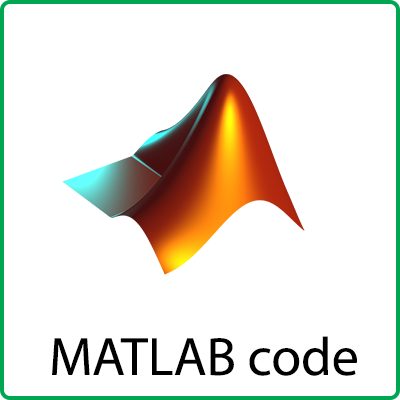Description
The electrorefiner (ER) is the heart of pyroprocessing technology operating at a high temperature (723 K – 773 K) to separate uranium from Experimental Breeder Reactor-II (EBR-II) used metallic fuel. One of the most common electroanalytical methods for determining the thermodynamic and electrochemical behavior of elemental species in the eutectic molten salt LiCl-KCl inside ER is cyclic voltammetry (CV). Information from CV can possibly be used to estimate diffusion coefficients, apparent standard potentials, transfer coefficients, and numbers of electron transferred. Therefore, predicting the trace of each species from the CV method in an absence of experimental data is important for safeguarding this technology.
This code focused on the development an interactive computational design for the CV method by analyzing available uranium chloride data sets (1 to 10 wt%) in a LiCl-KCl molten salt at 773 K under different scan rates to help elucidating, improving, and providing robustness in detection analysis. A principle method and a computational code have been developed by using electrochemical fundamentals and coupling various variables such as: the diffusion coefficients, formal potentials, and process time duration. Although this developed computational model works moderately well with reported uranium data sets, it experiences difficulty in tracing zirconium data sets due to their complex CV structures.
The simulation was related to an electrochemical study of UCl3 in LiCl-KCl eutectic salt at 1, 2.5, 5, 7.5, and 10 wt% UCl3 concentrations under different scan rates operating at 773 K . It is important to mention that all experimental runs were conducted and reported by Hoover .
The CV measurements were performed with different concentrations of UCl3 in LiCl-KCl salt at various scan rates: 1 wt% and 2.5 wt% at 100 mV/s to 300 mV/s; 5 wt% at 400 mV/s to 2000 mV/s; 7.5 wt% at 400 mV/s to 1500 mV/s, and 10 wt% at 200 mV/s to 1000 mV/s.
Different chosen scan rates were based on the experimental program to determine the reversible and irreversible peaks. The shift of the major anodic and cathodic peaks was more prevalent at the higher range of concentrations. Therefore, the higher scan rates were being applied at higher concentrations to find the peaks clearly. Another reason of using the high scan rate at high concentration condition was to avoid the massive deposition that would occur on the electrode surface.
This code has a document (213 pages) which describe the algorithm in detail.
https://matlab1.com/overview-technology-smart-power-grids-opportunities-challenges/



Martin –
I’m very grateful for this project, and I really enjoyed it.